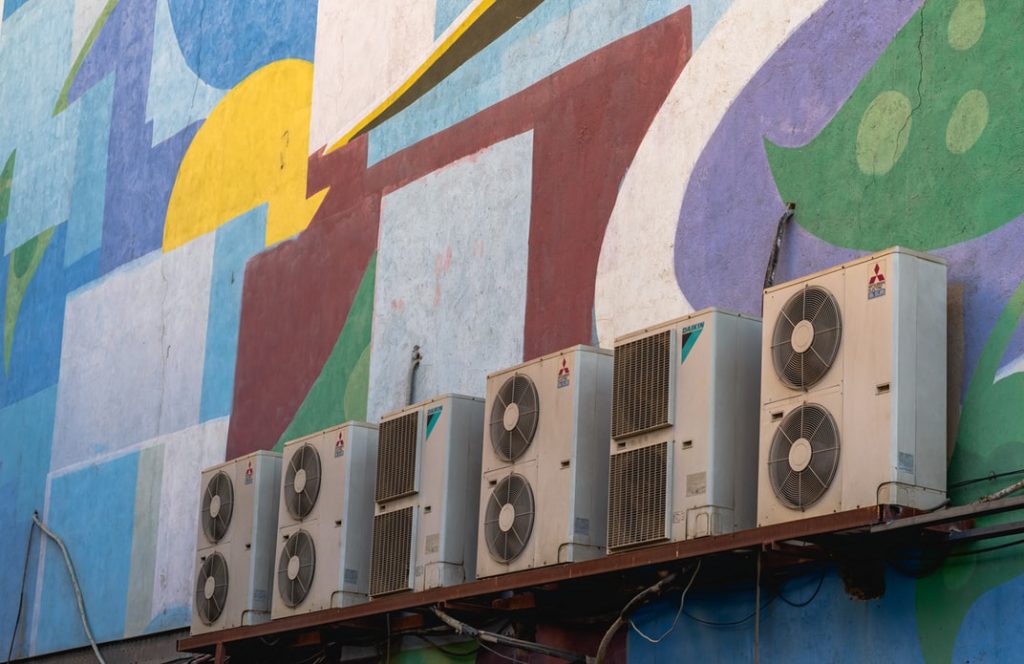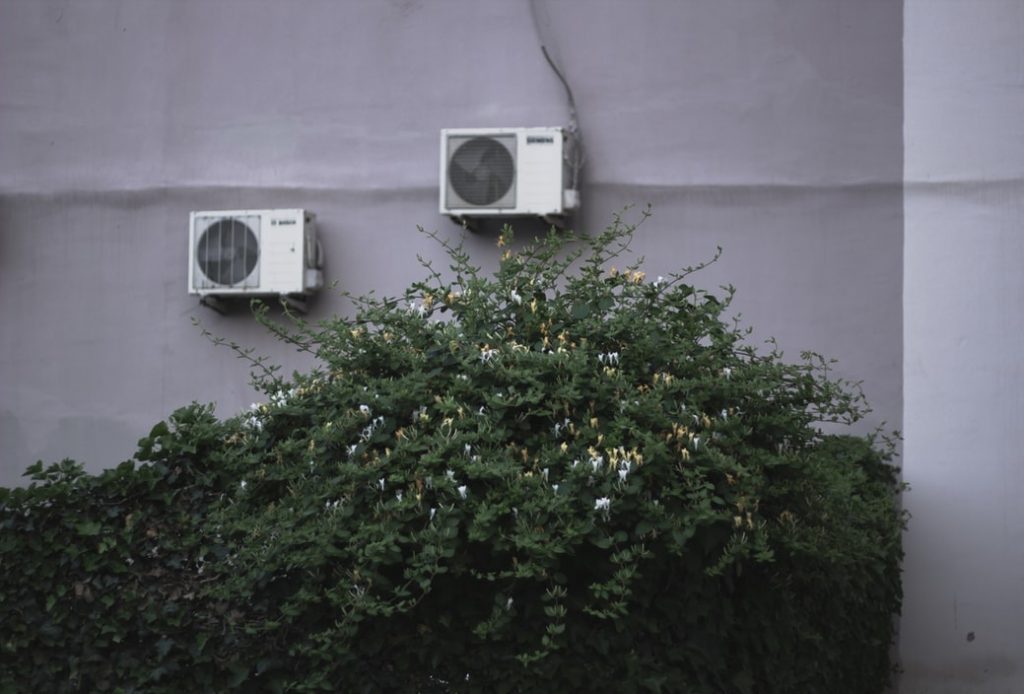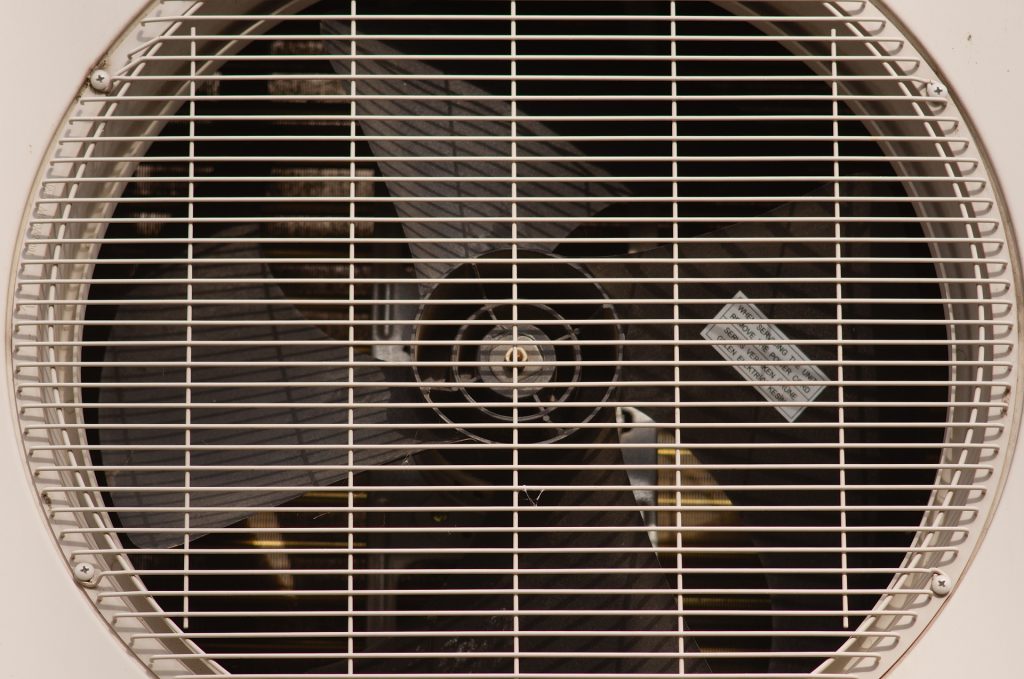HVAC airflow problems can lead to excessive energy bills and problems keeping your home at a comfortable temperature. In this post, we’ll walk through some of the most common airflow issues you’ll encounter with central air conditioners and heaters.
What Are HVAC Airflow Problems?
While we’ve already discussed general air conditioner issues, problems relating to airflow are a bit more specific. As you may have guessed, these issues pertain to air not making it from your furnace or air conditioner to various parts of your home.
While some of these issues require professional ductwork to resolve, others can be easily fixed with DIY solutions.
Identifying Common HVAC Airflow Problems and Resolving Them
Furnace Not Blowing Air Through Vents
If your furnace comes on but doesn’t pump hot air through your vents, there are a few possible issues. The most likely of these is a malfunctioning furnace fan. To figure out if this is what you’re dealing with, here’s what you do:
- Turn your furnace off.
- Switch your thermostat to the ‘fan only’ setting.
- Listen to see if the fan turns on.
If the fan activates (which you can’t miss as it’s typically quite loud and unmistakably comes from the furnace), you’ll know you don’t have this issue.
If, however, the fan does not come on within a couple of minutes, head to your circuit breaker and see if the switch for your furnace has been activated. This would indicate that there’s an issue with your fan’s wiring, in which case you should contact a technician.
If the circuit breaker hasn’t switched off, your fan or thermostat likely needs replacing. You might want to try replacing the latter first as it’s a bit cheaper.
Another potential culprit of a furnace not blowing air through vents is your limit control switch. This is the module that actually communicates with your furnace fan, telling it when to turn on and off. You’ll definitely want to work with a technician to have this part replaced; their diagnosis will also help you rule out the previous two potential culprits.
Some Vents Not Blowing Air in House
If your fan works but some vents are not blowing air in the house, you are likely dealing with an undersized furnace or air conditioner. The nonfunctioning vents will be the ones furthest away from the unit. This is one of the reasons getting your air conditioner’s size right is so important.
While an oversized air conditioner will turn on and off regularly, an undersized unit will struggle to service your home. The only permanent solution is to have the unit replaced.
If you’re looking for a cheaper option to resolve an AC vent not blowing in one room, consider the following.
How to Increase Airflow to One Room
You can attempt to improve airflow to the affected room by closing vents in other non-essential areas. For example, if your attic has a vent and you don’t need that space to be heated or cooled, you can shut it. This will redirect some air through your ductwork and out of the affected vent.
Of course, this isn’t ideal; if you ever decide to use your non-essential space, you’ll be back to square one. You should think of this more as a temporary band-aid solution while you wait until you’re able to have your furnace or air conditioner upgraded.
How to Increase Airflow to Second Floor
Another issue you may run into is decreased airflow to your home’s second floor. While an undersized unit, as described above, is a likely culprit here, there are also some additional considerations you should keep in mind.
The first of these is your ductwork. If you live in an older home, it’s possible your ductwork may have been compromised at some point. The thin pieces of metal that make up these ducts can become ‘pinched’ or warped over time, which may lead to reduced air making it to your second floor.
It’s also worth taking a look at the registers upstairs, particularly if you haven’t done so in a while. It’s surprisingly easy to close your registers accidentally; all it takes is a bump of furniture or your foot on the switch.
You should also inspect the dampers inside your air conditioner’s ducts. Most air conditioners in Phoenix have thin metal disks that direct airflow. You can find them in the vents adjacent to your HVAC home controller. If one of these discs has fallen out of place and it happens to be in the vent leading upstairs, there’s your problem. You can simply slot the vent back into the tabs that hold it securely.
How to Increase Airflow in Air Duct
Check for Clogging
Another common culprit of airflow obstruction is clogging. This is especially likely if you are experiencing different temperatures throughout the rooms in your house and/or a higher energy bill.
Over time, your ducts can get clogged with dust from renovations and even foreign objects that may have been dropped in accidentally. If you suspect a blockage, remove each register in your home and see if there’s anything lying near the opening. To check deeper, you’ll need to contact an HVAC professional who knows how to inspect your ductwork without damaging it.
Change Your Filters Regularly
If you’ve gone months (or worse, years) without changing your HVAC filter, you may notice issues similar to what you’d experience with blockage. If that’s the case, replace the dirty AC filter immediately and see if things improve.
You should always change your HVAC filters at least once every two months (possibly more if the area you live in is highly polluted or you have smokers in the house).
Check for Leaks
If you’ve looked into all the potential causes of airflow problems we mentioned above and can’t find the culprit, you may want to inspect for leakage. Occasionally, the joints in your ducts can expand, causing gaps. Use the methods we describe in point #9 of this checklist to inspect for leaks.
If you discover a leak, you’ll want to get in touch with a professional to have the damage repaired. While you can seal the leakage off with duct tape, that’s just a temporary solution; you’ll eventually want to have the leak repaired properly.
HVAC Airflow Problems: Conclusion
In this post, we explored a number of common HVAC airflow problems, including:
- furnace not blowing air through vents
- some vents not blowing air in house
- AC vent not blowing air in one room
If you live in the Phoenix Metropolitan Area and are having airflow problems, feel free to give us a call for professional guidance. At American Home Water and Air, we’ve been providing HVAC installation and maintenance services for more than 30 years. We’d be happy to lend you a hand!
Frequently Asked Questions
How do I get more airflow out of my air conditioner?
If you’ve noticed an airflow issue, your first steps should be to check your thermostat and registers to see if either are set incorrectly. If that’s not the case, check your filters to see if they’ve become too clogged for air to pass freely. If neither of these are to blame, run through the more complex diagnostic processes outlined above or get in touch with a local HVAC professional.
What does it mean when you have weak airflow in your air conditioner?
When this happens, you’re either dealing with a minor issue like closed-off floor registers or something more serious, like a malfunctioning blower fan.
Which way does the air flow in an air conditioner?
This might seem like a silly question but it’s actually important when installing your air filters. The arrows must always point in the direction of the airflow. While it may seem counterintuitive, that means the arrows need to point towards your unit. In other words, if the vent is on the ceiling, the arrows should point towards the ceiling. Is your vent on a wall? The arrows need to point towards the wall. If you don’t believe us, just take a plastic bag and hold it near the vent while your air conditioner is running. The bag will be sucked towards the vent because that’s the direction the air is flowing.










